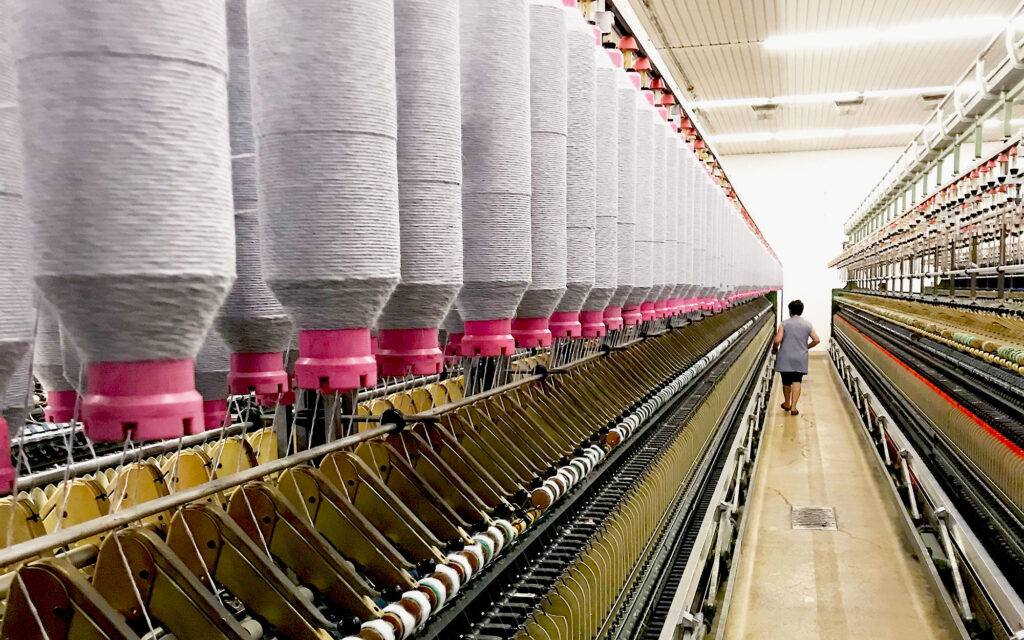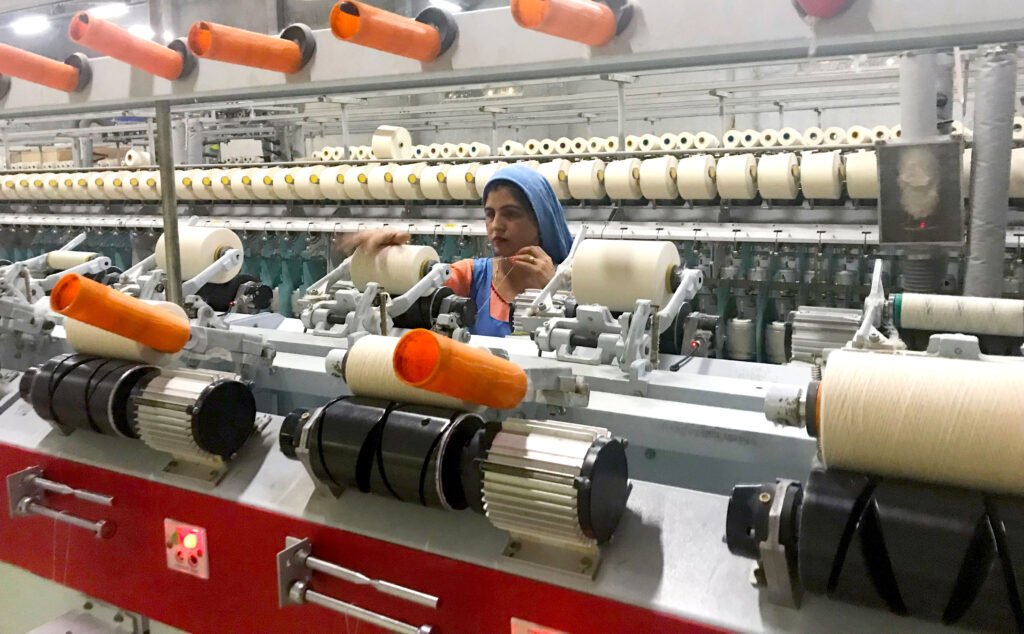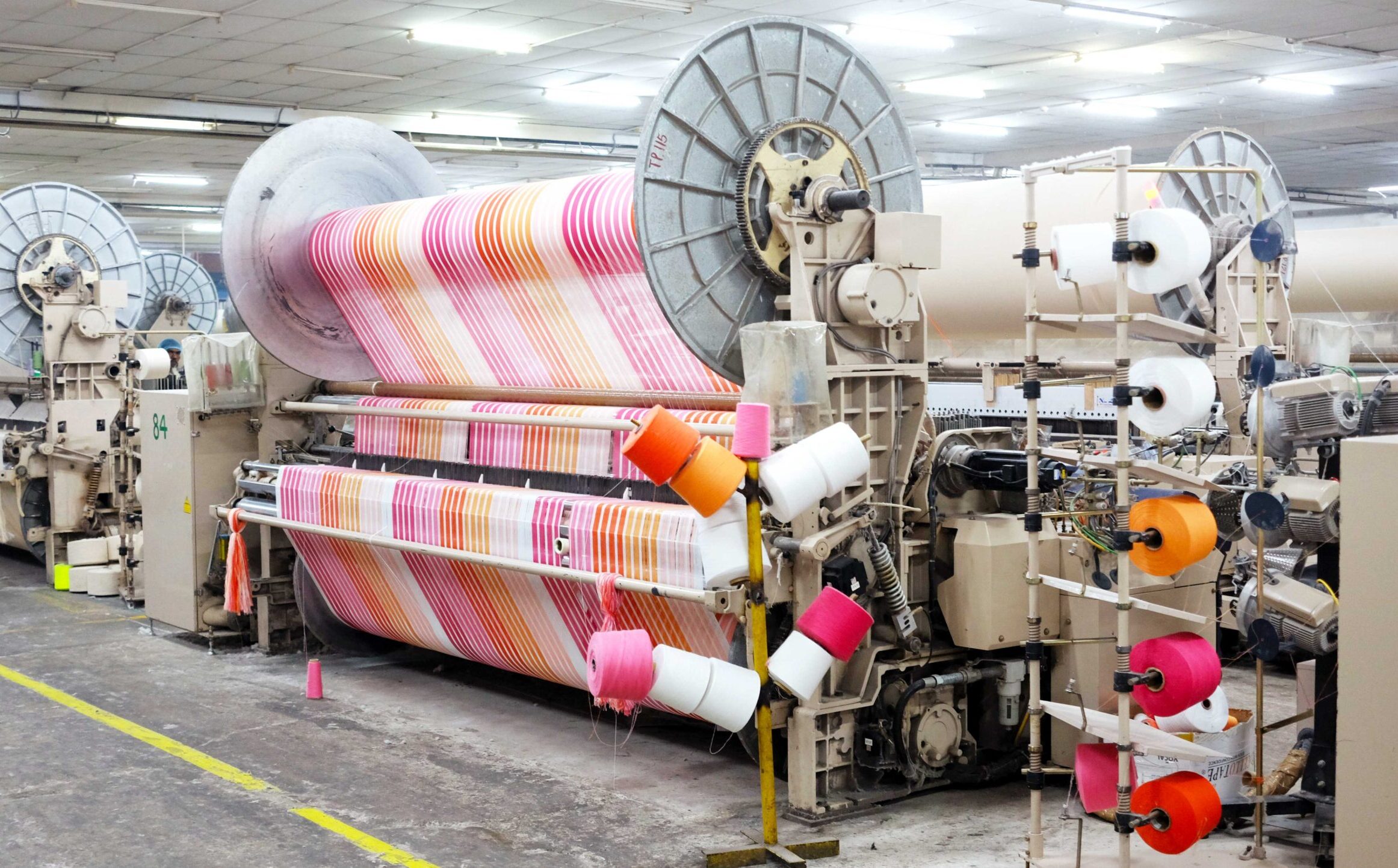Economic forecasts predict a bleak 2023 and global operating environments are grappling with the return to the pre-pandemic normal. Meanwhile, the push for more sustainability in the textile industry continues to increase. Challenging? Sure. But retailers and brands that embrace circular textiles can face the upcoming year with confidence. Below, we have listed the 5 biggest trends in sustainable textiles.
1. Consumers on a tight budget demand proven impact
The IMF predicts that global economic growth will fall to 2.9 percent in 2023. Rising costs for businesses and reduced purchasing power for consumers will continue to set the tone. At the same time, consumers look for products that are aligned with their green and social values.
Across consumer categories, products marketed as sustainable have been growing five to six times faster than the average market, according to McKinsey. Consumers say they’re willing to pay a little or even a lot more if they know that those products have been sustainably sourced and produced.
Buying behaviour in 2023 will diverge across income and demographic groups. While lower-income consumers are expected to limit their expenses, high-income shoppers will continue lush spending, the BOF/MacKinsey report on The State of Fashion 2023 .
For retailers and brands selling textiles, this means that they have to make sure their products are tailored to the demands of conscious consumers, striking the right balance between price, top quality and proven positive impact.
2. Extended Producer Responsibility spearheads circularity regulations
Bound to cause a stir in the textile sector, new EU regulations introduce dramatic changes for brands and retailers that bring textile products to the market.
As part of the EU strategy for sustainable and circular textiles, the EU recently launched its Extended Producer Responsibility (EPR) scheme. EPR makes manufacturers and importers responsible for the collecting and costs of managing end-of-life textiles. During the first quarters of 2023, EU-countries will be rolling out legislation to integrate the new EPR obligations in their markets.
And there is more to come. Expect new guidelines requiring companies to use environmental footprint methods to back up their marketing, as well as regulations tackling microplastics. Moreover, a new waste shipment regulation is upcoming, aiming to stop the dumping of used clothing in the global south, among other EU initiatives to speed up circularity in textiles.

3. Companies on the lookout for reliable and agile supply chains
While retailers and brands are still grappling to overcome the supply chain shocks caused by the pandemic, they are already facing new, critical bottlenecks. The ongoing war Ukraine, skyrocketing energy costs and other economic and geopolitical setbacks will keep shaking up access to goods and materials in 2023.
Textiles are no exception. As a consequence, brands and retailers have to look for new approaches to supply chain models that are reliable and agile, serving consumer demand on time. Companies will re-evaluate their global supply chains and look at ways to source textiles that are produced locally and regionally.
Modifying traditional supply chain models will have as added advantages that it will drive efficiency, reduce costs, and last but not least, helps to reduce overproduction and waste.
4. Accelerating circularity through textile innovations
Textiles will continue to be one of the top industries prioritizing eco-friendly innovations in products and processes. Heimtextil 2023, the leading trade fair for home and contract textiles Frankfurt, 10-13 January), offered a glimpse into the exciting world of textile innovations. Designers and producers are increasingly turning away from old-fashioned “take, make and discard” models, looking for ways to build in sustainability by making textiles that will be kept in use for longer and made to repurpose after their useful life for consumers has ended.
Transforming linear systems into circular ones is not easy. While expertise centres, universities, creators and R&D departments are experimenting with ways to build circularity into designs and end products, retailers and brands will have to be on the lookout for manufacturers that can deliver sustainability today, not in a far off future.

5. Sustainable procurement opens opportunities for positive impact
Buying green and social by partnering with enterprises that have responsible sourcing integrated in their DNA will continue to gain traction in 2023. Two-thirds of an average company’s environmental, social and governance (ESG) footprint lies with suppliers, according to McKinsey research. This means procurement leaders can move fast forward towards positive impact in sustainable textiles if they choose the right partners.
For retailers and brands, these alliances tick several boxes at a time. They will give easy access to circular textile innovations and open up pathways to build loyalty among conscious consumers. Companies will also have a compass to navigate the evolving landscape of regulations to promote a circular and competitive economy.
It’s no surprise that social and sustainable procurement was one of the trending topics at the recent World Economic Forum annual meeting in Davos (16-20 January). According to the WEF, businesses should prioritize these collaborations with urgency to help build resilience for future market disruptions.

